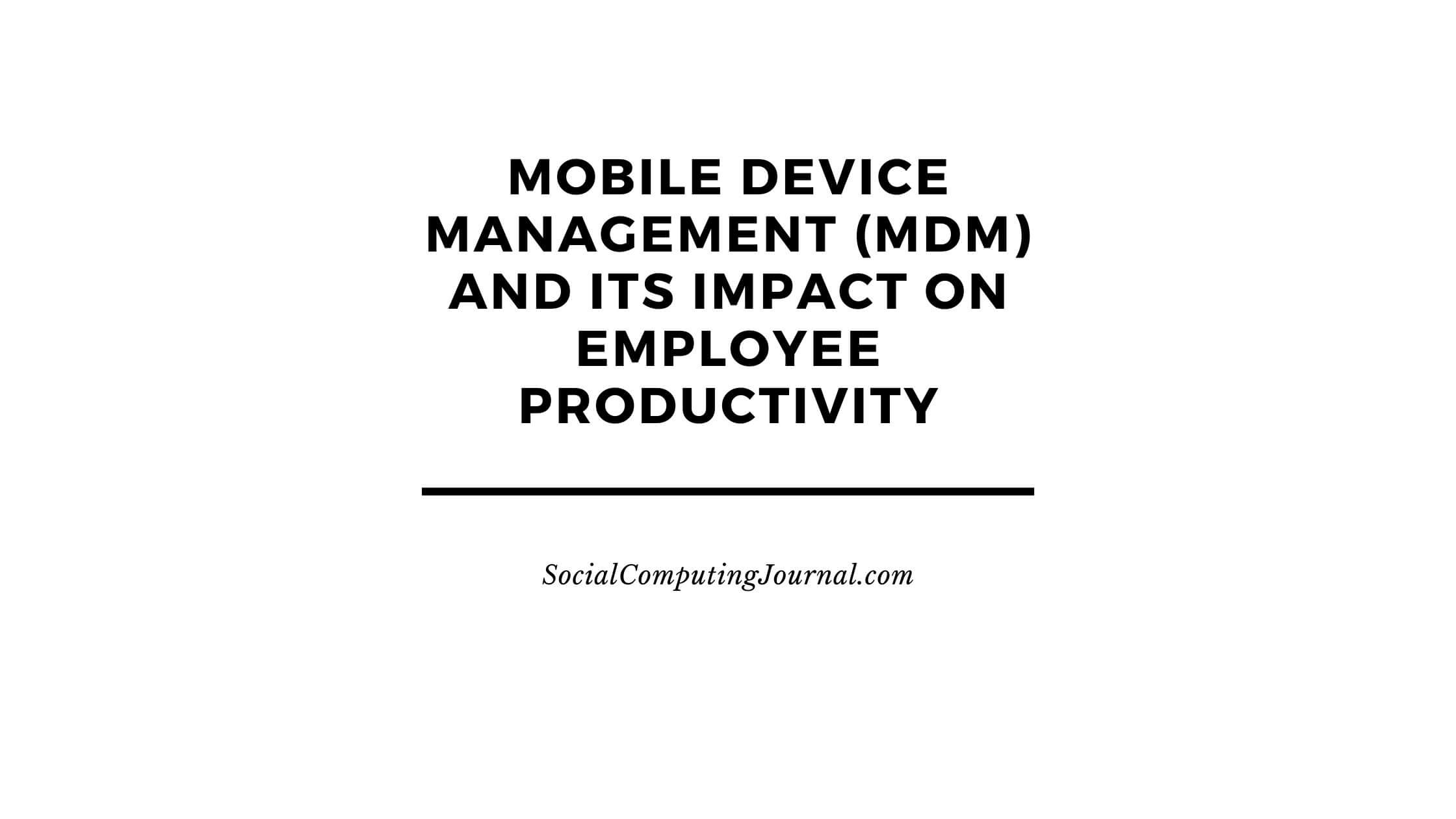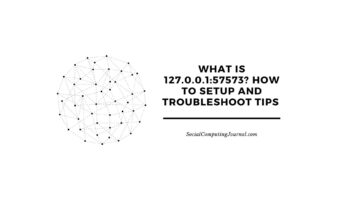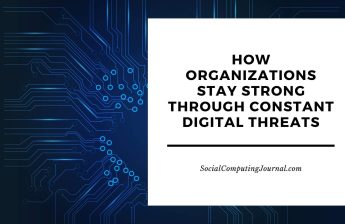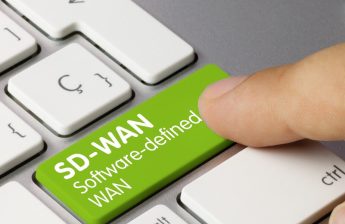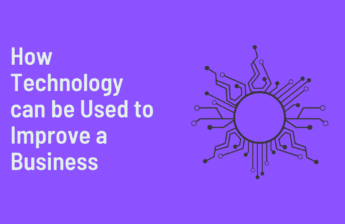The rise of mobile technology has significantly transformed how modern businesses operate. Smartphones, tablets, and laptops are now essential tools for daily workflows, enabling employees to stay connected and productive from virtually anywhere. However, with this mobility comes a set of challenges for businesses, particularly in terms of security, device control, and information management. This is where Mobile Device Management (MDM) becomes a critical solution. For organizations seeking to maintain efficiency, secure data access, and ensure employee productivity, understanding what mobile device management is more relevant than ever.
Contents
- 1 Understanding the Basics: What is Mobile Device Management?
- 2 Bridging Mobility with Control
- 3 Enhancing Employee Productivity through Streamlined Access
- 4 BYOD and MDM: A Symbiotic Relationship
- 5 Real-Time Monitoring and Troubleshooting
- 6 Compliance and Data Protection Regulations
- 7 Reducing Shadow IT and Unauthorized App Usage
- 8 Encouraging Focus and Reducing Distractions
- 9 Cost Efficiency and Resource Optimization
- 10 The Evolution of MDM into Unified Endpoint Management (UEM)
- 11 Employee Empowerment through Autonomy and Support
- 12 Final Thoughts
Understanding the Basics: What is Mobile Device Management?
Before examining its impact on productivity, it’s important to answer the foundational question: What is mobile device management? At its core, MDM refers to a suite of software and tools designed to monitor, manage, and secure employees’ mobile devices used within a company’s IT environment. These devices may include smartphones, tablets, laptops, and increasingly, wearable tech and Internet of Things (IoT) devices.
MDM solutions allow IT administrators to enforce corporate policies, remotely configure settings, deploy apps, monitor compliance, and wipe or lock devices in case of loss or theft. Whether an organization implements a bring-your-own-device (BYOD) policy or provides company-issued devices, MDM ensures that sensitive data remains protected while still enabling seamless communication and task execution for employees.
Bridging Mobility with Control
As mobile technology continues to permeate every facet of modern business, the challenge lies in balancing the need for employee flexibility with the organization’s demand for control and security. Unchecked device usage can lead to serious risks, ranging from data breaches to compliance failures. MDM solves this problem by acting as the control hub for all connected mobile devices, giving IT departments’ full visibility over how devices interact with internal systems.
The capacity to enforce security policies across every device ensures a consistent and secure user environment. This, in turn, boosts employee confidence in using their mobile tools without fear of compromising corporate data. In sectors like healthcare, finance, and law, where data privacy is paramount, MDM is no longer optional but essential.
Enhancing Employee Productivity through Streamlined Access
MDM doesn’t just safeguard systems—it enhances productivity by providing employees with quick and secure access to the resources they need. When devices are managed properly, users spend less time configuring settings, updating software, or troubleshooting errors. With remote configuration and app deployment, employees can receive tools, patches, and company-specific updates instantly, regardless of their physical location.
Moreover, single sign-on (SSO) and identity access management (IAM) features integrated into MDM systems help streamline logins and minimize disruptions caused by forgotten credentials. The frictionless experience translates into more time spent focusing on actual tasks rather than on technical glitches.
A practical example can be seen in remote or hybrid work environments. Employees working from home or in the field can remain productive as long as they have a properly managed device. Their access to company resources is as reliable and seamless as if they were in the office. This flexibility not only benefits output but also supports employee satisfaction and morale.
BYOD and MDM: A Symbiotic Relationship
One of the most transformative changes in the workforce has been the acceptance of BYOD policies. Allowing employees to use their personal devices for work has multiple benefits—it reduces hardware costs, shortens device onboarding time, and allows users to operate on platforms they are familiar with. However, without proper safeguards, BYOD can become a security liability.
MDM plays a pivotal role in making BYOD work. It creates a separation between personal and corporate data, ensuring that company information remains protected even on privately owned devices. The implementation of containerization and policy enforcement features through MDM enables companies to define usage rules, monitor device activity, and apply restrictions where needed. This ensures that BYOD programs contribute to productivity without compromising security.
Understanding what is mobile device management in the context of BYOD reveals that MDM isn’t about surveillance or restricting autonomy; rather, it’s about creating a protected yet flexible environment that empowers users to work efficiently without endangering business assets.
Real-Time Monitoring and Troubleshooting
Another important productivity booster provided by MDM is real-time monitoring and remote troubleshooting. When technical issues arise, employees often face downtime while waiting for IT assistance. This delay can severely hamper performance, especially in roles where time is a critical factor. With MDM, IT administrators can access the device remotely, identify the problem, and initiate fixes without needing the user to come into the office or halt their work for extended periods.
Automated alerts and performance reports allow teams to anticipate problems before they escalate. Battery health, software versions, device storage, and usage patterns are all trackable metrics that MDM can analyze. These insights ensure that devices are always operating optimally, and users are not sidelined by preventable technical interruptions.
Compliance and Data Protection Regulations
For many industries, adhering to strict data protection regulations is mandatory. MDM platforms are equipped with features that make compliance easier to manage. By controlling what data can be accessed, who can access it, and where it can be transmitted or stored, MDM ensures that mobile usage remains within legal and organizational guidelines.
Encryption, VPN enforcement, and access control mechanisms are crucial tools in meeting standards like GDPR, HIPAA, and ISO compliance. This alignment not only protects organizations from fines and reputational damage but also enables employees to work without worrying about breaching rules inadvertently. Knowing that their tools meet compliance standards allows workers to perform tasks with greater peace of mind, enhancing overall workflow efficiency.
One often overlooked aspect of employee productivity is the negative impact of shadow IT—the use of unauthorized software or devices within an organization. Employees may install third-party applications that aren’t approved by IT, potentially exposing systems to malware or violating compliance standards.
MDM addresses this issue by giving administrators the ability to block or restrict access to unauthorized apps. App whitelisting and blacklisting, automated provisioning, and sandboxing features are all built into robust MDM platforms. These controls keep the working environment clean and secure, while ensuring that employees only use tools that integrate well with the company’s IT infrastructure. The result is a more cohesive, productive digital ecosystem.
Encouraging Focus and Reducing Distractions
While mobile devices are useful for multitasking, they can also be sources of distraction. Social media apps, games, or notifications unrelated to work often compete for an employee’s attention during working hours. MDM allows organizations to implement policies that limit access to non-work-related apps during business hours, helping users stay focused on their tasks.
This isn’t about excessive control—it’s about gently steering device usage toward optimal productivity. By reducing digital noise, MDM systems help create an environment that supports concentration and efficient task completion. In roles where time management is crucial, such as customer service, logistics, or sales, this can have a direct and measurable impact on output.
Cost Efficiency and Resource Optimization
Productivity isn’t only about how much work gets done—it’s also about how efficiently resources are utilized. MDM platforms help organizations optimize their IT expenditures by extending device lifespans, reducing hardware replacement costs, and minimizing the need for on-site IT support. Automatic updates, configuration, and diagnostics handled remotely save valuable time and resources, which can then be redirected toward strategic initiatives.
In addition, usage analytics offered by MDM systems provide visibility into how devices are utilized, helping decision-makers identify underused assets or inefficient work patterns. These insights allow companies to reallocate resources or revise policies to improve employee productivity and engagement further.
The Evolution of MDM into Unified Endpoint Management (UEM)
Understanding what is mobile device management today also means recognizing its evolution. Traditional MDM is increasingly being integrated into broader Unified Endpoint Management (UEM) platforms. UEM extends the principles of MDM to encompass desktops, servers, wearables, IoT devices, and even virtual environments.
This convergence simplifies administration and delivers a more cohesive user experience. As technology environments become more diverse, UEM offers a centralized approach to managing all endpoints, providing the same benefits as MDM—security, productivity, and control—on a larger scale.
Employee Empowerment through Autonomy and Support
MDM doesn’t have to feel like a top-down control mechanism. When implemented transparently and ethically, it becomes a tool for employee empowerment. Employees can troubleshoot issues more easily, access their work resources from anywhere, and remain protected from potential cyber threats—all of which contribute to a better user experience.
By relieving workers of the burden of managing device-related problems or worrying about security risks, MDM enables them to focus on their core responsibilities. This sense of autonomy, paired with the safety net of IT oversight, fosters a culture of trust, innovation, and higher performance.
Final Thoughts
Understanding what is mobile device management reveals its vital role in today’s tech-driven workplaces. Beyond its foundational purpose of safeguarding mobile endpoints, MDM directly influences employee productivity through better access control, minimized downtime, focused usage, and optimized resource deployment.
As remote work continues to rise and digital devices become even more integrated into daily operations, MDM will remain a crucial enabler of workforce efficiency. Organizations that invest in a forward-thinking MDM strategy not only safeguard their data but also empower their teams to achieve higher levels of productivity, satisfaction, and success.

